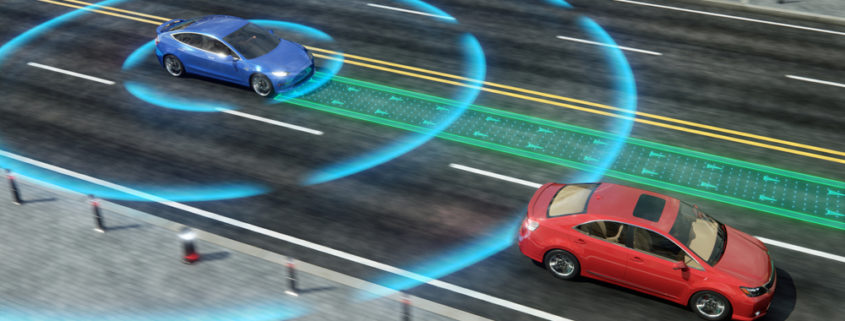All about Flash and Scan Sensor ASIC Technology
Light and Detection Ranging or LIDAR is a sensor technology for remote object detection. The technology works by using a light source and a receiver that operates like a camera using a high-power laser emitter and a solid-state sensor with many pixels.
Today, the scan sensor ASIC technology is used in drones, autonomous vehicles, robots for smart homes, and many more.
Light Detection and Ranging Sensor technology will be a major facilitator in the automotive industry. This technology will provide better safety for drivers, passengers, and road users in general.
It will be the future of highly automated vehicles that can withstand robust environment and weather conditions.
What is a Flash System?
Flash system is a LiDAR system that can observe the complete field of view (FOV) at one. This method was originally used for spacecraft in autonomous landing and docking with satellites.
This works by capturing the scene at once from short to mid-range (0-100m). Flash LiDAR sensors are commonly used in emergency braking and blind-spot detection. The Flash system also detects objects with high relative speed.
What is a Scan Sensor?
Scan sensor works by focusing on the subset of the field of view (FOV) and subsequently looking at the next subsets until full FOV is covered. Instead of the full FOV, scanning can focus the light on the subset which means it can detect an object at a longer range.
Currently, there are 2 steering principles used in scan sensor technology to move the light beam from one subset to another. The first method is by completely rotating the sensor head or called the spinning LiDAR. Another approach used is by using the mechanical components inside the sensor ASIC.
Autonomous vehicles rely mainly on flash or scan sensor ASIC to obtain information about their surroundings such as the presence of other vehicles, pedestrians, and other relevant details. State of the art LiDAR systems along with radar-based perception systems and cameras are used to capture data description of the environment for more accurate estimations.
Manufacturers
Today, several manufacturing experts provide solid-state LiDAR sensors and solutions. These technologically advanced providers have continuously developed and improved their sensors and solutions for high accuracy and efficiency. Experts are still working on realizing a long-range and low-cost solution.
But despite the development of LiDAR systems and products available in the market today, experts and manufacturers are still faced with several constraints.
- First, is the cost as current solutions available are quite expensive.
- Second, meeting safety and reliability standards set by the automotive industry.
- Third, the flash and scan sensor ASIC’s ability to capture and measure the environment at a long-distance or range.
- Fourth, the adverse weather conditions like snow, storm, fog, rain, and others.
- The fifth is the image level resolution, and lastly, is the size.
Even if this technology is now readily accessible, experts and manufacturers are still working on improving their flash and sensor ASIC systems, technology, and solutions to overcome all of these issues.
Linear MicroSystems, Inc. is proud to offer its services worldwide as well as the surrounding areas and cities around our Headquarters in Irvine, CA: Mission Viejo, Laguna Niguel, Huntington Beach, Santa Ana, Fountain Valley, Anaheim, Orange County, Fullerton, and Los Angeles.






